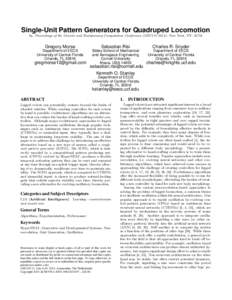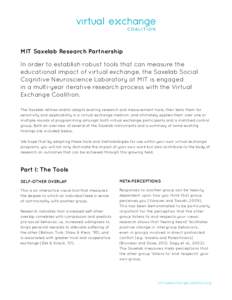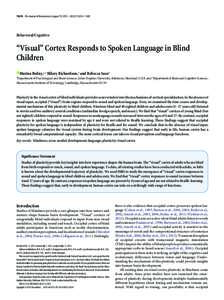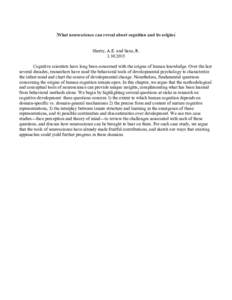 Date: 2013-04-22 14:15:01Artificial neural networks Neuroscience Terrestrial locomotion Evolutionary algorithms Applied mathematics Cognitive science Evolutionary computation Genetic algorithms HyperNEAT Neuroevolution Hexapod Gait | |  Single-Unit Pattern Generators for Quadruped Locomotion In: Proceedings of the Genetic and Evolutionary Computation Conference (GECCONew York, NY: ACM Gregory Morse Sebastian Risi Single-Unit Pattern Generators for Quadruped Locomotion In: Proceedings of the Genetic and Evolutionary Computation Conference (GECCONew York, NY: ACM Gregory Morse Sebastian Risi
Add to Reading ListSource URL: eplex.cs.ucf.eduDownload Document from Source Website File Size: 297,87 KBShare Document on Facebook
|




 Single-Unit Pattern Generators for Quadruped Locomotion In: Proceedings of the Genetic and Evolutionary Computation Conference (GECCONew York, NY: ACM Gregory Morse Sebastian Risi
Single-Unit Pattern Generators for Quadruped Locomotion In: Proceedings of the Genetic and Evolutionary Computation Conference (GECCONew York, NY: ACM Gregory Morse Sebastian Risi